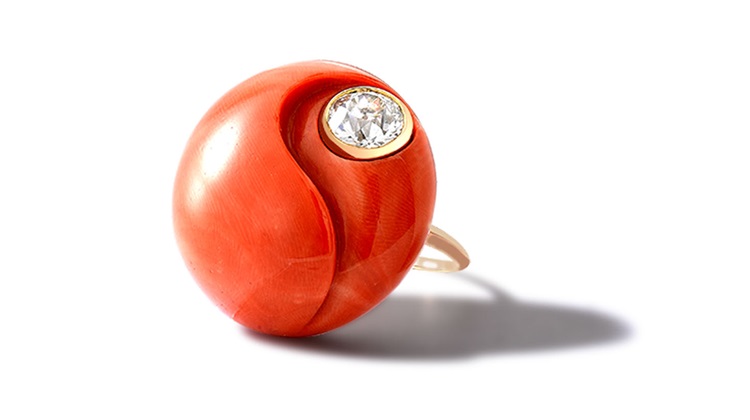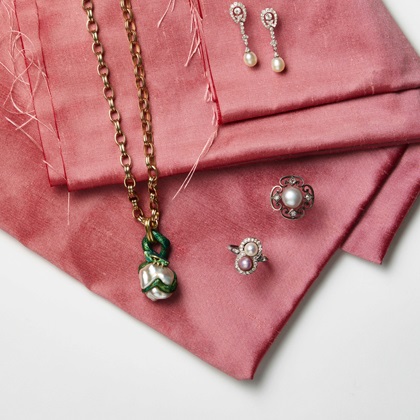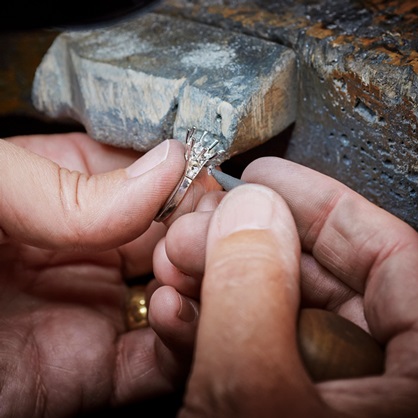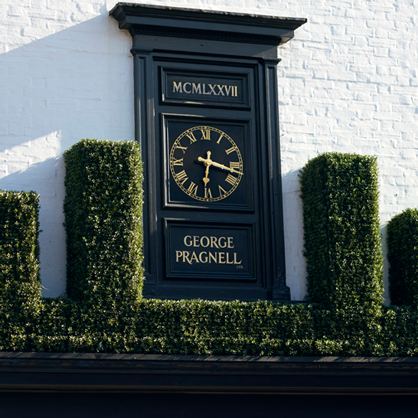Retro Period
Bombé rings, bold ear-clips and chunky chain bracelets, the Retro period made these classic and iconic designs what they are today.
Although the term ‘retro’ wasn’t coined until the 1970s, the 'Retro' jewellery period covers the late 1930s to the early 1960s. Retro jewellery is sometimes known as ‘Cocktail jewellery' and was heavily inspired by Hollywood; it is characterised by bold and sculptural designs, the use of yellow gold, and innovative gemstone settings.
Originating in France with designs by Van Cleef & Arpels, the company produced a collection of jewellery that was exhibited at the 1939 World's Fair in New York. When World War II broke out, the jewellery remained in New York, serving as a great influence to American jewellery designers throughout the remainder of the war.
Oversized emerald cuts are often seen, sometimes accented with smaller stones. Clips, brooches and rings were often enlarged to spectacular sizes. Large gems were often used to reflect the scale of the jewellery. Huge deposits of gems were discovered in Brazil in the 1930s, resulting from geological excavations searching for industrial minerals to fuel the war. Hundreds of localities became known for Brazilian deposits of citrine, aquamarine, kunzite, topaz, chrysoberyl, tourmaline and amethyst.
Gold was the metal of choice rather than platinum, as platinum was not available to goldsmiths because of its value to the war effort. Goldsmiths were known to have worked with over 20 different shades of gold.
Common design themes from this era include big flowing ribbons and bows, as well as the use of flowers and even animals. Wide gold bracelets, oversized dress clips and earrings that were worn high up on the ear in fan and scroll motifs were all popular styles. Charm bracelets made a reappearance and women from high society collected charms in a huge variety of themes, from tourist attractions to martini glasses.
Rings were big and bold, featuring large focal gems, or covered in small gems set in invisible settings. Advances in technology saw the creation of the snake chain, an innovative, flexible style which proved popular due to being lightweight with a heavy, chunky appearance. Detachable clips and convertible elements were desirable, so that jewels could be restyled on a whim. Notable designers of this time were Verdura, Oscar Heyman, Buccellati, William Russer and Boucheron.
Retro jewellery has become very collectable. Until 1970, jewellery from the forties and fifties was often sold for scrap value and melted down. Therefore, examples of Retro jewellery that survive today are highly coveted. The value of Retro pins, clips, bracelets and rings has seriously appreciated in recent years, and the trend is not expected to crest in the foreseeable future. Whilst the styles defined by this era continue to inspire jewellery design of the modern day, the original pieces remain wearable and relevant.
You May Be Interested In
Antique CLP Page



